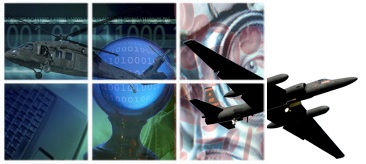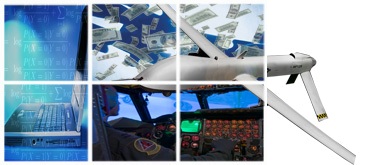The goal is to research and develop a Quality of Information (QOI) Maximizing Information Acquisition Framework (QMAF) for event prediction that goes beyond the limitations of traditional approaches of heuristic/closed form optimization formulations (and its inherent computational complexities) for selection of sensor/data selection. The concept for deriving the QOI optimizing sensor orchestration strategy is looked at as two sub problems a) for a set of random sensor selections, build separate event prediction models and compute the performance accuracies, and b) have a second predictive model learn the relationship between sensor selections and prediction accuracy. The first step calibrates multiple event prediction models for a diverse set of sensor selections, and also generates accuracy data that is used by the second model. The second model can answer the question of the expected accuracy for a given sensor selection, and can point to sensor selection strategies that maximizes the accuracy at minimal acquisition costs. The effort leverages deep learning architectures for complex feature preprocessing, intelligent sampling strategies, as well as active learning algorithms that help supply informative samples for the accuracy prediction problem.
SBIR Phase I
QOI Maximizing Information Acquisition Framework
Agency: Department of Defense
Branch: Air Force






